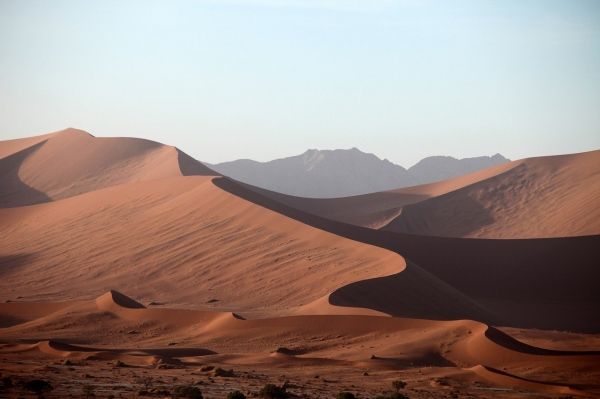Large parts of today's Sahara Desert were green thousands of years ago. Prehistoric engravings of giraffes and crocodiles testify to this, as does a stone-age cave painting in the desert that even shows swimming humans. However, these illustrations only provide a rough picture of the living conditions. Recently, more detailed insights have been gained from sediment cores extracted from the Mediterranean Sea off the coast of Libya. An international research team examined these cores and discovered that the layers of the seafloor tell the story of major environmental changes in North Africa over the past 160,000 years. Cécile Blanchet of the German Research Centre for Geosciences GFZ and her colleagues from Germany, South Korea, the Netherlands and the USA report on this in the journal Nature Geoscience.
Together with the GEOMAR Helmholtz Centre for Ocean Research Kiel, a team of scientists organized a research cruise on the Dutch vessel Pelagia to the Gulf of Sirte in December 2011. “We suspected that when the Sahara Desert was green, the rivers that are presently dry would have been active and would have brought particles into the Gulf of Sirte”, says lead author Cécile Blanchet. Such sediments would help to better understand the timing and circumstances for the reactivation of these rivers.
Using a method called “piston coring”, the scientists were able to recover 10-meters long columns of marine mud. “One can imagine a giant hollow cylinder being pushed into the seafloor”, says co-author Anne Osborne from GEOMAR, who was onboard the research ship. “The marine mud layers contain rock fragments and plant remains transported from the nearby African continent. They are also full of shells of microorganisms that grew in seawater. Together, these sediment particles can tell us the story of past climatic changes”, explains Blanchet.
Read more at GFZ Geoforschungszentrum Potsdam, Helmholtz Centre
Photo Credit: FuN_Lucky via Pixabay


